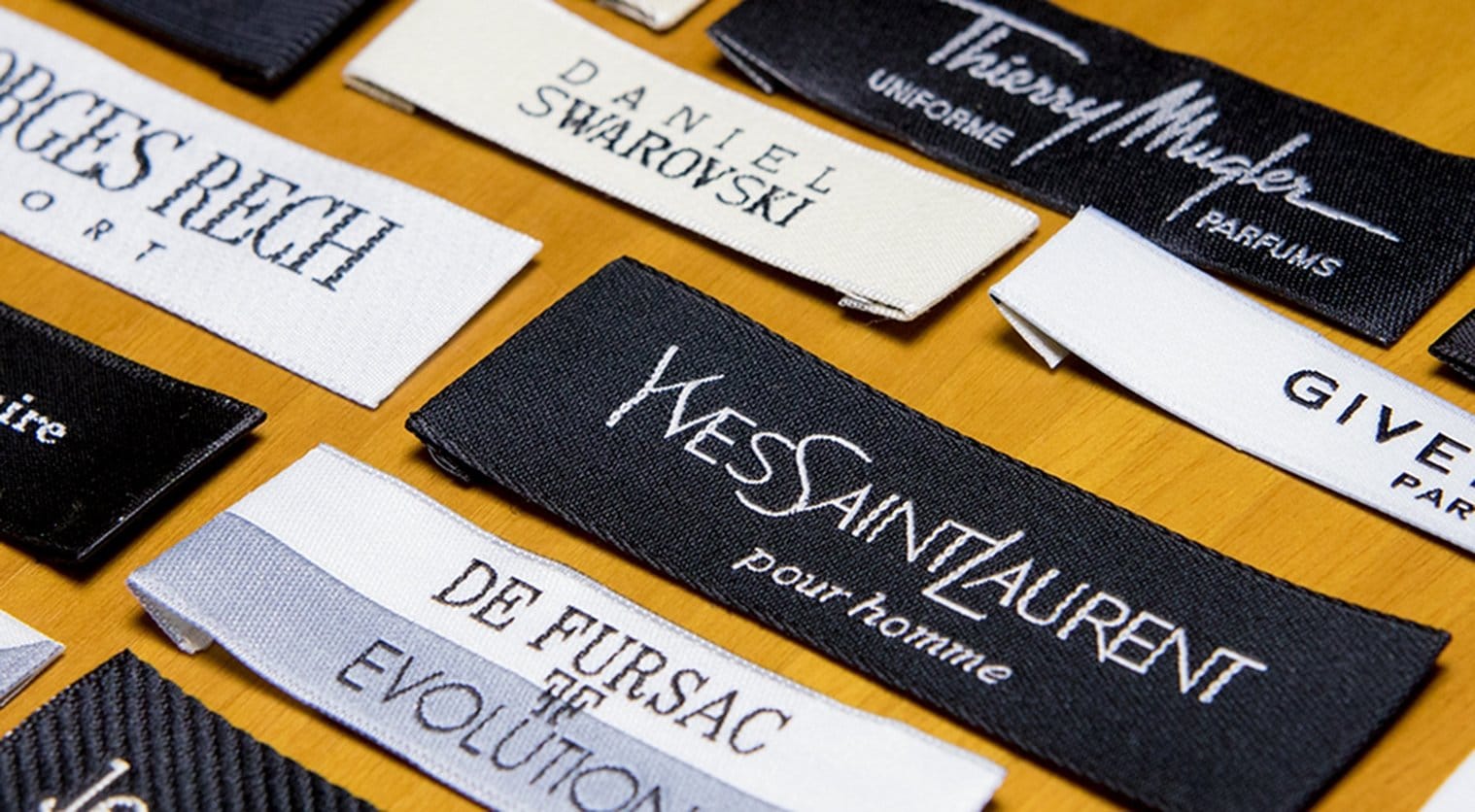A product’s branding is an essential aspect of every market. Branding is simply a name that is associated with a company’s quality and services. For marketing purposes, a product must be marketed to recognize the product by the character rather than its qualities, fineness, or other characteristics. With an existing name, customers prefer it to other brands that are not advertised but may be of higher quality than the branded ones. The challenge is how to get the brand popular, which is accomplished by intensive advertisements. Clothing labels are the most used in textile marketing. Woven labels are the most common form of clothing label.
Why woven labels?
Woven labels are used in clothing and related industries because they are durable and attractive. It is made of 100% polyester yarn and woven in the weave. It can incorporate into any design, i.e. it can be adapted to the needs. They can withstand any wear and tear because they are polyester fabric labels. No matter how many washes are done, the colours do not disappear. The specification for weaving is created using special software and then sent to the looms. The produced labels are soft and silky.
Weaving looms can weave a variety of qualities. By quality, we mean the label density. The density is calculated as the number of horizontal yarns passes per square centimetre. If the number is 56, the density is 56, and this density is often referred to as Damask labels. Below of some qualities which are widely used:
- Taffeta: This fabric has a density of 28 and is of low quality. This consistency is commonly seen on size and treatment labels.
- Damask: It has a density of 56 and is a medium-quality that is commonly used around the world.
- Half Damask: A combination of the first two qualities. When people choose their template as well as care orders, this is the choice they want. Damask is used on the top, and taffeta is used on the bottom.
- High definition: The labels are excellent and of high quality, with a density of about 80. Although the prices are high, it is used for certain elegant clothes.
Finally, as shown below, these labels come in finished form:
- Straight cut: The labels are generally sewn on all four sides or the left and right side only, with no folds.
- Endfold technique: Left and right sides folded down.
- Woven Labels with a Centerfold: Woven labels folded in the middle and sewn onto a seam.
- Miterfold technique: A miter fold label is one under which the ends are folded and up to form a tab that can be sewn onto a seam.
Apart from the finishes described above, woven labels may have both iron-on and self-adhesive backings. Iron-on labels are simple to use, and they do not require sewing, as the name implies. Iron it on, and it will stick to the cloth or some other kind of fabric you have. The different type is self-adhesive, which requires peeling off the backing and sticking to the medium. These are commonly used in shoes. The woven labels can be cut to any size and form to meet the needs of the customer.


